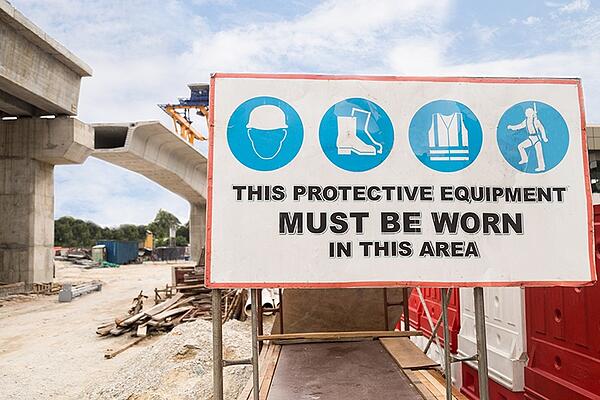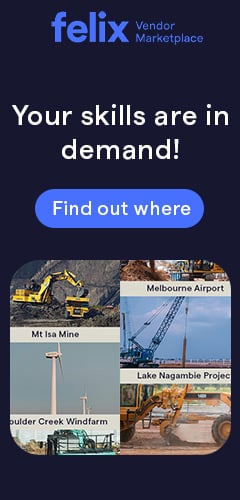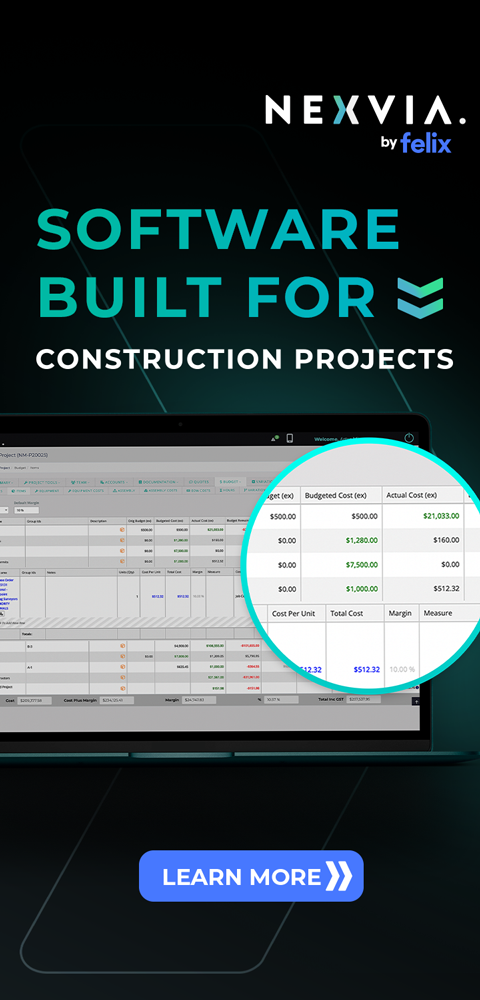Management systems are an important part of your business profile as it shows how capable you are to direct and supervise what happens in your office and on site. In order to convince customers to hire from you, you have to show them that you can and will handle certain events efficiently and orderly.
Here we list the different management systems that you can include in your company profile and the reasons why they are important.
-
Quality Management System
The very first thing that a customer will check about your company is the quality of work that you do. With the Quality Management System, you will be able to show your potential customers how you value quality in your company and that you are taking the necessary measures to continually improve the quality of your service.
Your Quality Management System could include:
- A quality Policy Statement
- A documented Quality Management System
- Test inspections and a test plan
- A senior manager responsible for quality management
- A Quality Management System – internal or certified by a third party
- A Quality Management System that complies with AS ISO 9000 series
- Procedures for assessing and approving the Quality Systems of your subcontractors
-
Safety Management System

The Safety Management System is an important part of your company profile as it highlights how you will maintain safety on and off site. This should be where you document all safety policies and procedures that your company follows for every project you handle.
Your Safety Management System could include the following:
- A Health and Safety Policy Statement
- A documented Health and Safety Management System or procedures
- A senior manager responsible for safety management
- Ability to track and report on safety statistics e.g. lost time injuries, near misses
- A Health and Safety Management System and procedures certified by a third party
- A Health and Safety Management System and procedures that comply with AS ISO 4801
-
Environment Management System
More people are becoming conscious of the impact of industrialisation to the environment and because of this, a lot of businesses have made a move to be more environmentally friendly. An Environment Management System highlights points such as the steps you are making to reduce energy consumption and the way you manage waste disposal. Some hire companies have also switched out some of their petrol-heavy equipment to hybrid equipment as less fuel consumption means a decrease in carbon footprint and an increase in appeal to environmentally conscious construction companies.
Your environment management system can include:
- An Environmental and Safety Policy Statement
- A documented Environmental Management System or procedures to assess and minimise impact
- A senior manager responsible for environmental management
- An Environmental Management System and procedures certified by a third party
- An Environmental Management System and procedures that comply with AS ISO 14001
-
Risk Management Approach and Insurances

Your Risk Management approach will determine how prepared your company is for any unforeseen event. Outlining your strategies to prevent, minimise or handle unfortunate events will guarantee to your customers that you will be able to handle difficult situations that might happen while working on a project.
Your risk management system could include:
- A risk management matrix to identify and assess potential risks
- A Risk Management System and procedures to manage this risk g. risk assessment procedures for work on site or at your premises
- A Risk Management System that has been certified by a third party
- A Risk Management System and procedures that comply with AS ISO 31000
There are times that customers would also check what kind of insurances your company has. Insurances are safety nets for businesses as well as individuals because insurances guarantee some sort of compensation for any damage or loss.
-
Work Management Systems
There are a lot of Work Management Systems that a company can use to manage the flow of work in their business. The most commonly used method is the enterprise resource planning (ERP) system. A system like ERP tracks and manages work within your company and is also a convenient tool for documentation purposes. Being able to effectively track and manage work processes in your company shows that you are committed to efficiency in the workplace and this is an attractive feature to customers.
It's important to show your potential customers that your are more than capable and prepared to tackle any project that comes your way. It's simple really - businesses that have an impressive company profile get more hire work.
So what's the most effective way to communicate your business capabilities to prospective clients? Download this FREE checklist and learn how to build a remarkable profile.
Editor's Note: This information was sourced from the Queensland Department of State Development, Infrastructure and Planning.

Related Articles

4 tips to avoid contractual pitfalls between contractors and suppliers
Construction companies have two main priorities when it comes to business growth strategies - securing the work, and satisfying the client. However, when you concentrate on any one issue above all else, you can miss small yet important details. This is often the case between contractor and supplier relationship breakdowns.

3 tips to improve your customer service
Successful business inherently mean strong relationships with customers. There’s many ways to advance your standing with your most valuable clients, all it takes is a little initiative from you and your company.

CLARA reveals plans for high-speed rail connecting Sydney and Melbourne
Private company, Consolidated Land and Rail Australia (CLARA) Pty Ltd has just released a proposal for a high-speed rail network connecting Melbourne, Canberra and Sydney. The project is expected to have a price tag of $200 billion, but CLARA claims that it will not cost taxpayers a cent since it is going to be privately funded.
Get the latest project news
- updates on Australia's pipeline of state and federal projects
- fresh contract awards from major contractors and builders
If you're looking to contact us about other matters, please contact us.



